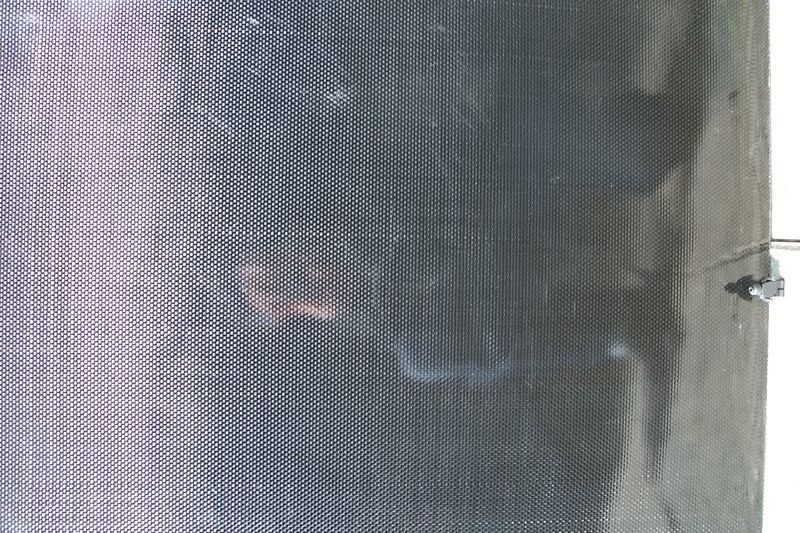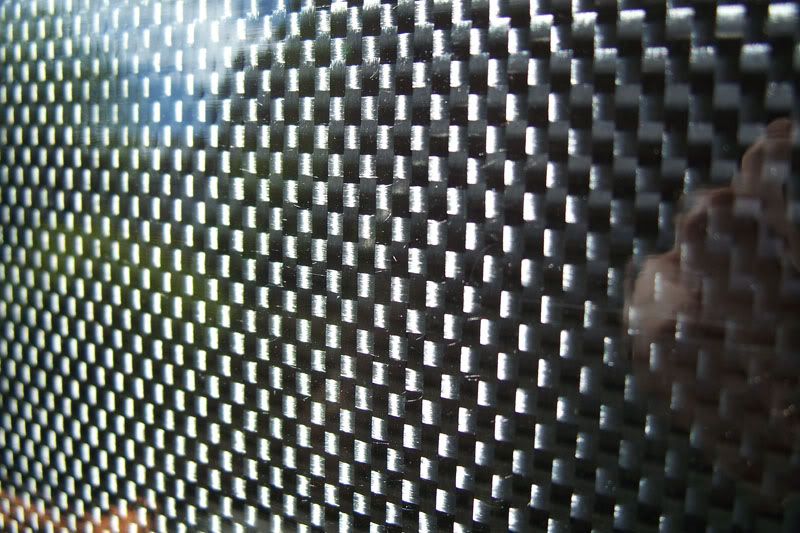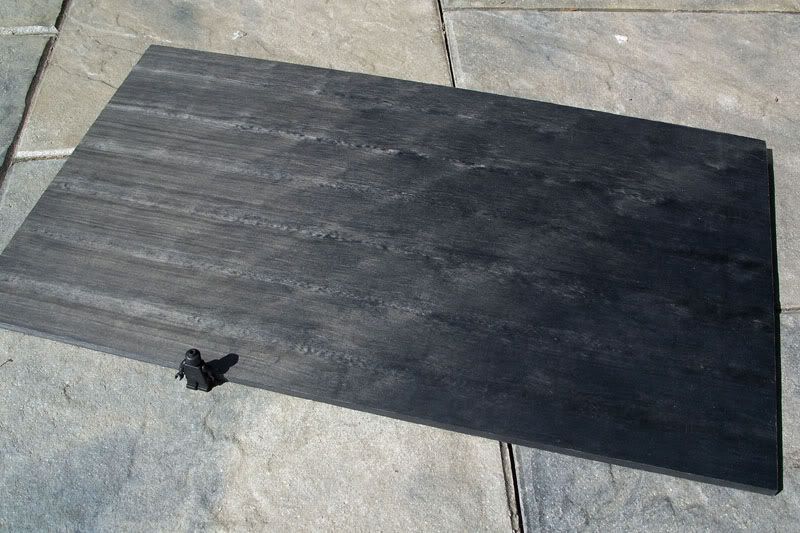DRJ1014
Supreme [H]ardness
- Joined
- Nov 11, 2003
- Messages
- 5,770
Im wondering if anyone has had any experience cutting and or using carbon fiber?
I am doing some research and want to try to build a carbon fiber computer case. There is one out now but costs around $900.00 and that... well is pretty expensive. I can get sheets of of carbon fiber for much cheaper than that.
The only problem is im not sure on how to go about cutting it into the sizes and pieces im going to need, if there is a special way I have to cut it (using a water cutting method etc)
Any input or advice would be greatly appreciated.
I have talked with some of my friends and they are just telling me to buy an acrylic computer case and take it apart and just use a carbon fiber vinyl but it just wont be the same
I am doing some research and want to try to build a carbon fiber computer case. There is one out now but costs around $900.00 and that... well is pretty expensive. I can get sheets of of carbon fiber for much cheaper than that.
The only problem is im not sure on how to go about cutting it into the sizes and pieces im going to need, if there is a special way I have to cut it (using a water cutting method etc)
Any input or advice would be greatly appreciated.
I have talked with some of my friends and they are just telling me to buy an acrylic computer case and take it apart and just use a carbon fiber vinyl but it just wont be the same
![[H]ard|Forum](/styles/hardforum/xenforo/logo_dark.png)
















